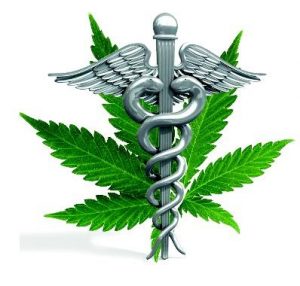“There is evidence to suggest that a dysregulation of endocannabinoid signaling may contribute to the etiology and pathophysiology of migraine.
Thus, patients suffering from chronic migraine or medication overuse headache showed alterations in the activity of the arachidonoylethanolamide (AEA) degrading enzyme fatty acid amide hydrolase (FAAH) and a specific AEA membrane transporter, alongside with changes in AEA levels.
The precise role of different endocannabinoid system components is, however, not clear. We have therefore investigated mice with a genetic deletion of the two main cannabinoid receptors CB1 and CB2, or the main endocannabinoid degrading enzymes, FAAH and monoacylglycerol lipase (MAGL), which degrades 2-arachidonoylglycerol (2-AG), in a nitroglycerine-induced animal model of migraine.
The effects of the genetic deletion of pharmacological blockade of FAAH are mediated by CB1 receptors, because they were completely disrupted with the CB1 antagonist rimonabant.
These results identify FAAH as a target for migraine pharmacotherapy.”
http://www.ncbi.nlm.nih.gov/pubmed/25910421
http://www.thctotalhealthcare.com/category/headachemigraine/


1942-7611/asset/olalertbanner.jpg?v=1&s=4b27d6a6bed6b58a9935efe70e4f95efc39146bd)
